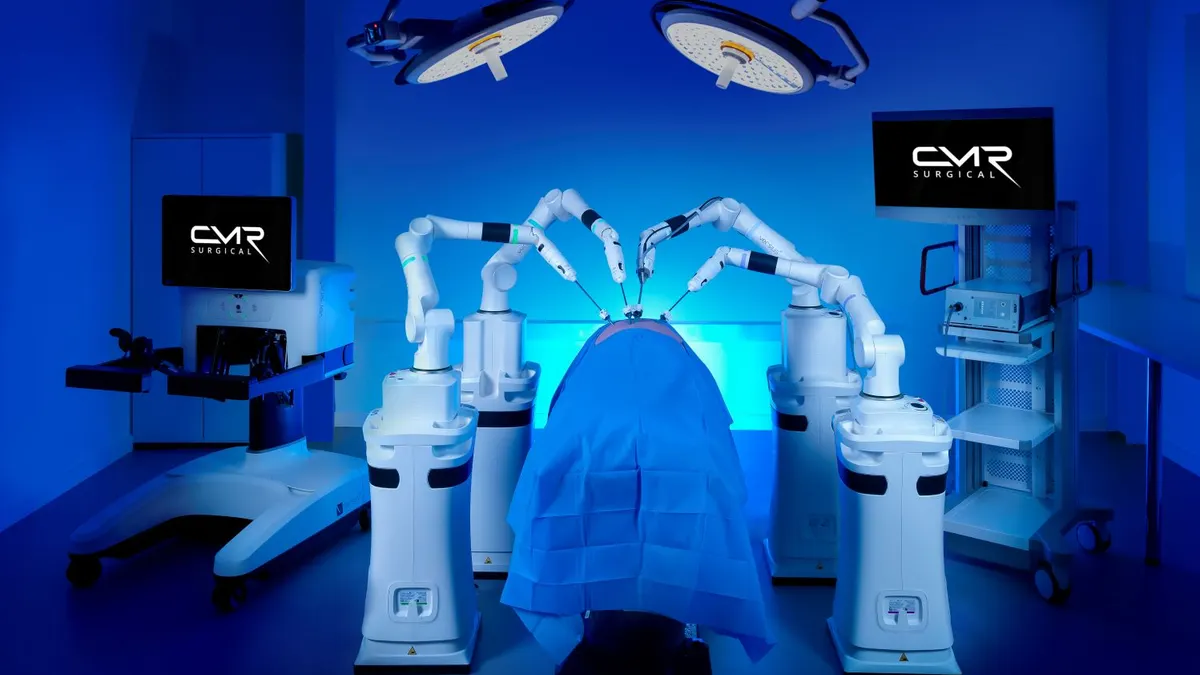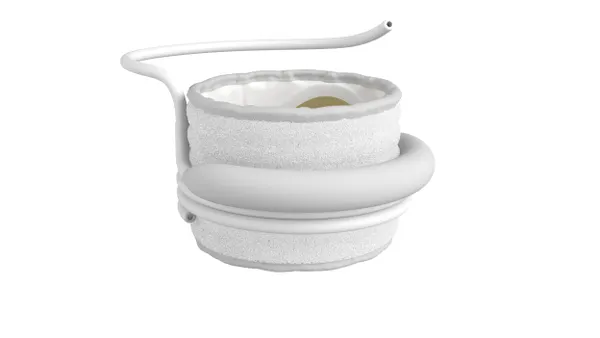The European Commission provided an update on the progress of notified body applications under the new regulations, revealing a growing pipeline of submissions that are approaching medical device designation but little hope of a near-term surge in in vitro diagnostic capacity.
The Commission's March 21 update of the notified body pipeline reveals limited progress of the push to add more organizations capable of certifying products under the In Vitro Diagnostic Regulation.
At the time of the December update, there were six notified bodies designated under IVDR. Another was in the final stages of the process, with designation and its addition to the EU's New Approach Notified and Designated Organizations (NANDO) database as the only two remaining steps.
While that suggests the addition of a seventh IVDR notified body is on the horizon, there is then a gap back to the next organizations coming down the pipeline. Two other notified bodies have progressed to the joint assessment team corrective action and preventive action (JAT CAPA) review stage since December, but none have made it past.
The early-stage pipeline has made little progress since December. One more notified body has applied, bringing the total up to 18, but the numbers for the first few steps in the process are the same as they were in December.
As was the case in December, 12 notified bodies, including all those that have progressed further down the pipeline, have completed an onsite review by a joint assessment team (JAT). Ten notified bodies have received the final corrective action and preventive action (CAPA) review, up two from December.
The upshot is the problems that led the EU to switch to a staggered rollout of IVDR are unlikely to change this year, unless there is a sharp acceleration of the designation process.
The Commission proposed longer IVDR transition periods because of the "grave shortage of notified body capacity" that was made worse by the fact all the designated notified bodies were concentrated in three countries. The lack of progress means those issues may remain in place as the waves of IVDR deadlines approach.
Progress on MDR
When the Commission shared an update late last year, it revealed that seven notified bodies were at the JAT CAPA plan review stage for designation under the Medical Device Regulation. Overall, 36 notified bodies had reached that stage, 27 of which had progressed to the next step and 25 of which had completed the process and had their information uploaded to the NANDO database.
The latest update, which covers the situation as of March 21, reveals a clutch of notified bodies has now cleared the JAT CAPA review stage, putting them a handful of steps from the end of the MDR designation process. The current count shows another three notified bodies have advanced to the final report stage over the past few months.
One of those notified bodies is still at the final report stage but the other two have made more progress, with one at the JAT final opinion step and the other designated and awaiting entry to NANDO. The recent progress suggests the pool of medical device designated notified bodies in NANDO, which has increased by two to 27 since December, will swell further over the coming months.
The two recent additions to NANDO include a Polish notified body, meaning MDR organizations from 18 countries are now in the database. The geographic concentration of notified bodies in parts of Europe has been a concern because small and medium-sized companies are perceived to prefer to work locally.
Progression of the MDR pipeline comes amid continued concern about whether the European Union has enough notified body capacity to ensure the smooth implementation of the regulation. Last month, France's Snitem and Germany's BVMed, leading medtech trade associations that cover more than half of the EU medical device market, called for the extension of the MDR transition period to avoid a "collapse in patient care."
According to the trade groups, fewer than 1,000 of the 25,000 required certificates have been issued. The trade groups argue that, with more products to be certified and more extensive document checks needed, the pool of 27 notified bodies falls well short of the capacity needed to avoid disruption.
The concerns echo those raised since the EU delayed the MDR start date by one year in response to the pandemic but left the end of the transition period unchanged, thereby averting a near-term threat but potentially storing up trouble for later.
Notified body trade association Team-NB has repeatedly raised concerns about the transition period, most recently in December, when it warned the industry will face an "extreme bottleneck" when a large number of Medical Device Directive certificates expire in 2024.




















